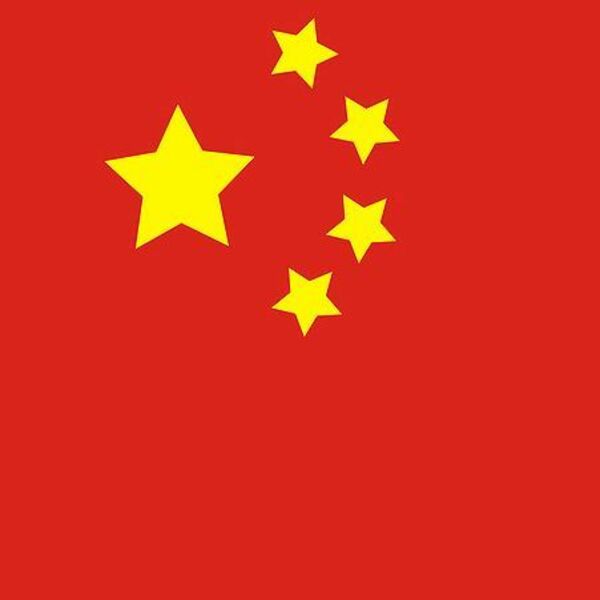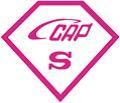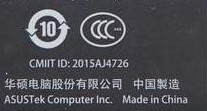China

Types of Certification in China
- CCC – China Compulsory Certification (mandatory certification or declaration)
- CCAP / CQC – Voluntary certification schemes
- NEPSI – Explosion Protection Equipment Certification
- SRRC, NAL – Certification for radio and telecommunications equipment
Types of Conformity Assessment
Required Confirmation
- CCC (China Compulsory Certification): A mandatory certification for many product categories covering safety, EMC, and performance. Related certifications include NEPSI, CNEX, NAL, SRRC, etc. The process involves product testing in accredited Chinese laboratories and factory audits.
- CCC Declaration (SDoC – Supplier’s Declaration of Conformity): A simplified self-declaration procedure available for some product categories. It allows manufacturers to declare compliance with Chinese standards without undergoing the full CCC certification process, though certain testing requirements still apply.

Voluntary confirmation
- CCAP (China Certification Centre for Automotive Products Co., LTD.) – Automotive sector
- CQC (China Quality Certification Center) – Everything else (about 500 product types)


CCC Certification (Triple-C or 3C)
CCC is a mandatory certification in China, regulated by AQSIQ and CNCA. It applies to a wide range of products such as cables, low-voltage devices, motors, appliances, IT equipment, vehicles, tires, toys, medical devices, fire safety equipment, and more.
CCC Certification Process
Average duration: 4–8 months
- Submit documents and application to Chinese authorities.
- Application acceptance and assignment of factory code.
- Product testing in Chinese accredited labs (foreign tests not accepted).
- Optional one-day preliminary audit.
- Mandatory factory audit by Chinese auditors (usually 2 days).
- Issuance of a 5-year CCC certificate.
- Authorization to mark products with the CCC logo.
CCC Self-Declaration (SDoC)
An alternative simplified procedure for certain products like power tools, welding machines, low-power devices, IT equipment, and audio/video products.
SDoC Process
- Application submission
- Preparation and customs clearance of samples
- Product testing (Type A – ISO 17025 labs; Type B – CNCA/CNAS labs)
- Upload declaration and test reports to CNCA system
- Issuance of a 10-year SDoC certificate
- Marking products with CCC logo
Key Differences Between CCC and SDoC
| Type | Application | Testing | Factory Inspection | Local Rep | Validity | Certificate | CCC Mark | Lead Time |
|---|---|---|---|---|---|---|---|---|
| SDoC | SDoC System | Yes | By factory/factory rep | Yes | 10 years | Generated by SDoC system | Yes | 1–8 weeks |
| CCC Certificate | Certification Body | Yes | Yes (by auditors) | No | 5 years | Issued by authority | Yes | 4–16 weeks |
Standards
- GB – Mandatory standards
- GB/T – Voluntary standards
Many Chinese standards are harmonized with European ones.
SRRC and NAL (Radio Equipment)
Radio and telecom equipment require SRRC and NAL approvals. Certification is handled by SRTC (State Radio Monitoring and Testing Center) and MIIT (Ministry of Industry and IT).
SRRC Certification Process
- Prepare application and documents
- Submit to authority
- Product testing in China
- Prepare SRRC label
- Receive SRRC certificate with CMIIT ID
- Mark product with label
Obtaining SRRC approval is a prerequisite for NAL (Network Access License) for telecom products connected to public networks.

CMIIT ID-a code consisting of numbers and letters that are applied to products.
Without the CMIIT ID marking, no products can be imported and sold to China.
Process of the NAL certification
- Getting the SRRC permission
- Identification of the applicant company in China. An application for approval of the SRRC type can be submitted by a foreign company. For NAL approval, it is necessary that the applicant is a Chinese company
- Trials. Additional product tests are required for NAL approval. They can be initiated in parallel with the SRRC type approval tests, so that the NAL approval application can be submitted immediately after receiving the SRRC type approval.
- Getting a NAL
- Getting a NAL label from MIIT (consisting of the certification number, device model number, and random code on a blue background)

SRRC and NAL: Applicant and Marking
SRRC marking – the applicant may be a foreign company.
NAL applicant – must be a Chinese company. This entity should be a manufacturer or authorized distributor of radio or telecom products in China.
If the manufacturer has a subsidiary in China, it must act as the applicant for NAL approval. A cooperation agreement is required, along with a formal letter to MIIT confirming both parties’ participation in the approval process.
The SRRC certificate is issued in English and Chinese, while the NAL certificate is only issued in Chinese.
Products can be labeled only after receiving the certificates. Any premature labeling may result in revocation of certificates and penalties.
Food Certification (GACC Registration)
Food certification in China is managed by the General Administration of Customs of the People's Republic of China (GACC).
Certification requirements are especially strict for products of animal origin, which often face lengthy inspections. Exporters are advised to focus on plant-based products to streamline the certification process and reduce risks.

List of Products that Must Be Registered with the GACC for Export to China
Mandatory Registration – Decree No. 248, Article 7
- Meat and meat products
- Aquatic products
- Dairy products
- Cubilose and Cubilose-based products
- Bee products
- Eggs and egg products
- Edible fats and oils
- Stuffed pasta
- Edible cereals
- Industrial cereal powder and malt
- Fresh and dehydrated vegetables
- Dried beans
- Seasonings
- Nuts and seeds
- Dried fruits
- Raw coffee and cocoa beans
- Food for special dietary use
- Healthcare products
Additional Products Requiring Registration under Decree No. 248
- Tea
- Roasted coffee
- Noodles
- Bread
- Wine and liquors
- Soft drinks
- Cookies
- Hot chocolate powder
- Sweets
- Other processed foods
Process of Food Certification (GACC Registration)
- Electronic registration of exporters/importers on the official GACC portal before export.
- Registration with the territorial customs authority in China, where the supplier receives a unique registration number.
- Development and approval of product labeling.
- Submission of a complete registration dossier and supporting documents.
- Verification of product and packaging compliance with Chinese national standards.
- Provision of product samples for inspection and testing.
- Customs inspection of goods and packaging upon arrival in China.
- Issuance of a quarantine permit after testing.
- Payment of customs duties and verification of invoices and packing lists.
- Final certification and release of goods into the market.
Certification of Cosmetics in China
Cosmetic certification is regulated by the NMPA (National Medical Products Administration), formerly under the CFDA.
Non-Special Use Cosmetics (non-SUC)
Certification is issued indefinitely for products such as:
- Hair care products
- Skin care products
- Nail care products
- Makeup products
- Perfumes
Special Use Cosmetics (SUC)
Certification is valid for 4 years for products such as:
- Hair growth stimulants, dyes, and perm products
- Hair removal products
- Body-shaping products
- Deodorants
- Anti-spot treatments
- Sun protection products
- Breast care products
Note: Soaps, toothpastes, and oral hygiene products are not classified as cosmetics and can be imported directly after customs clearance.
